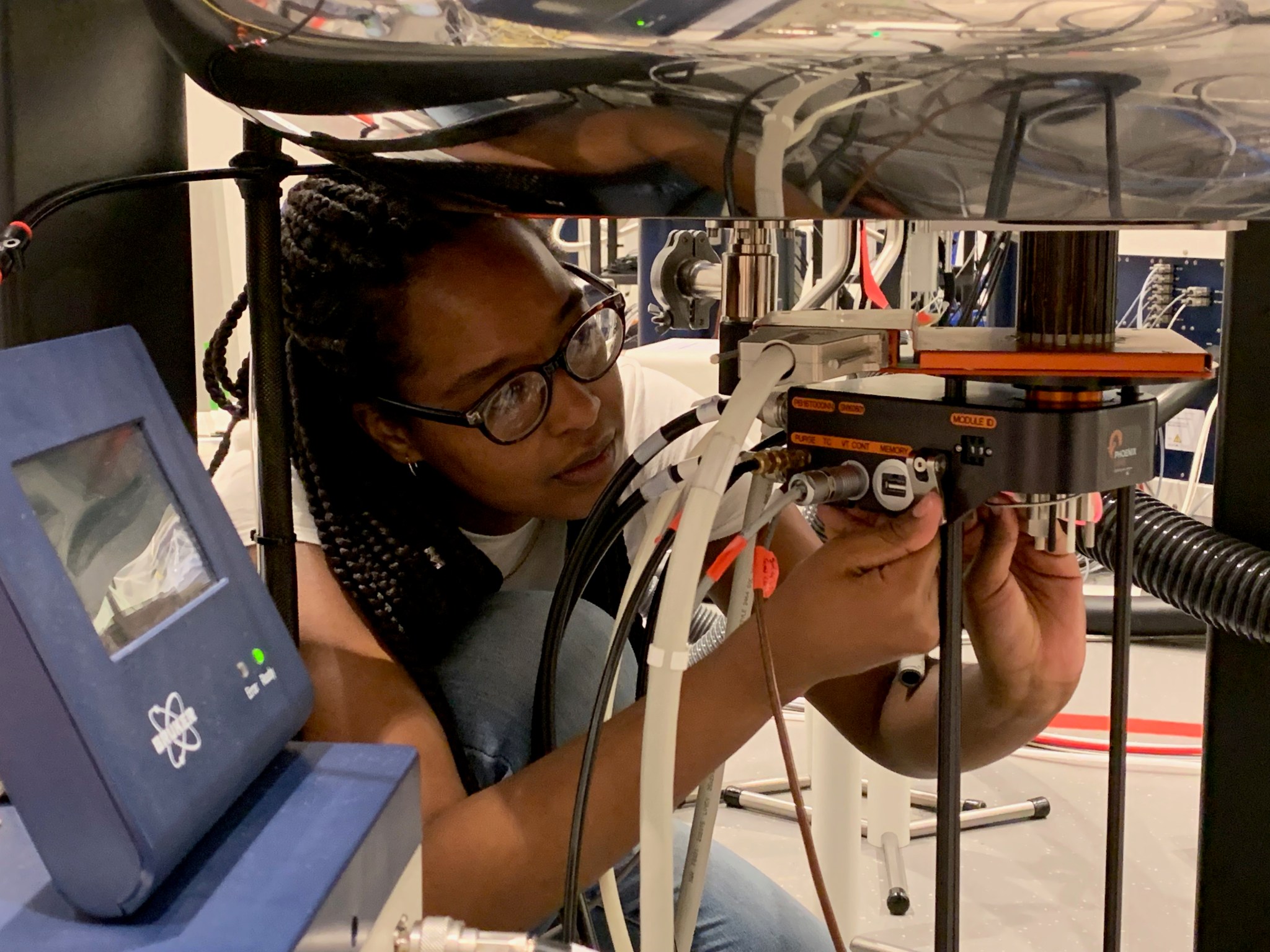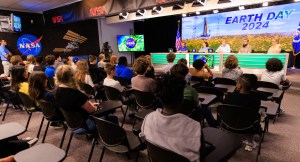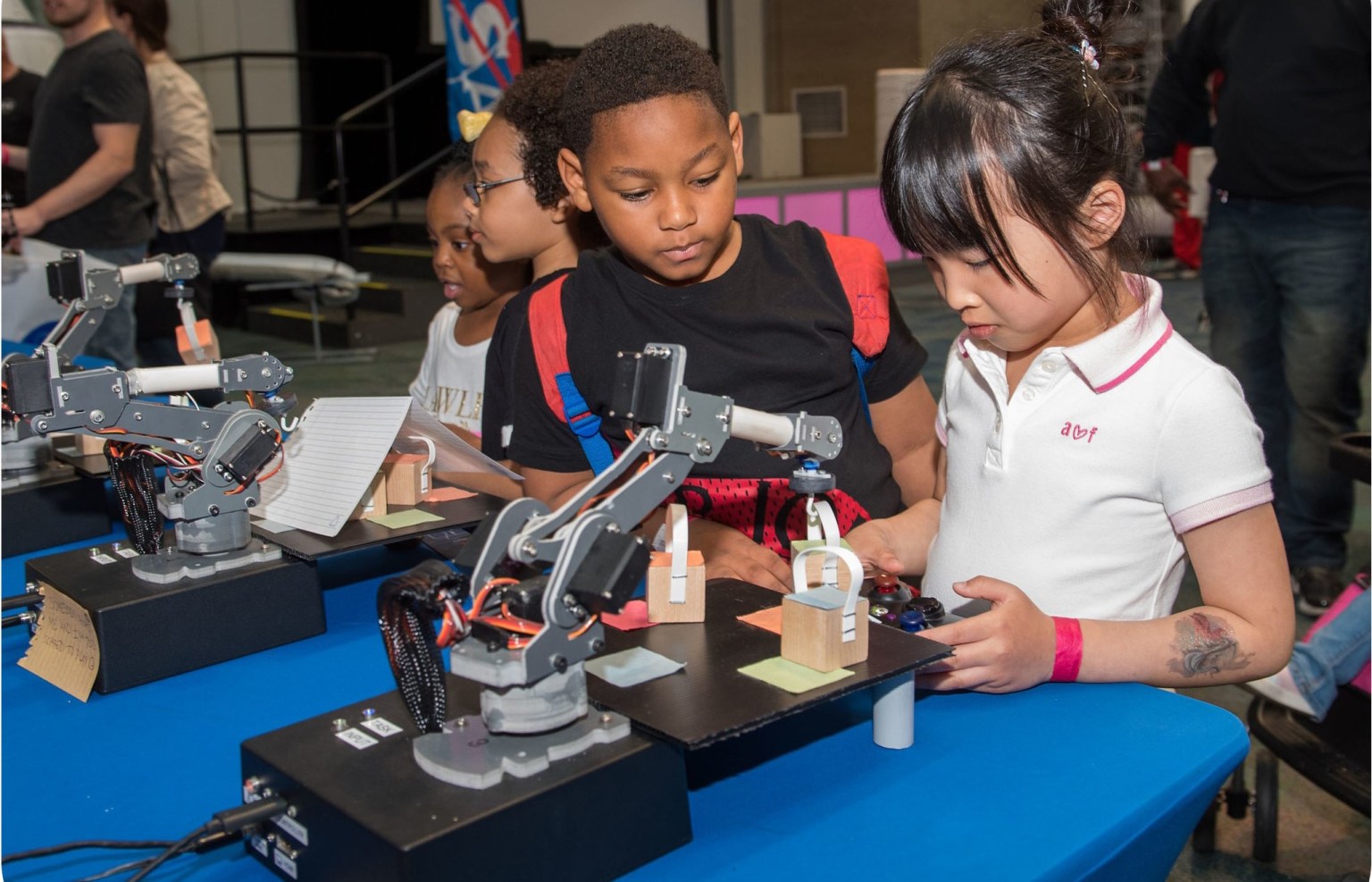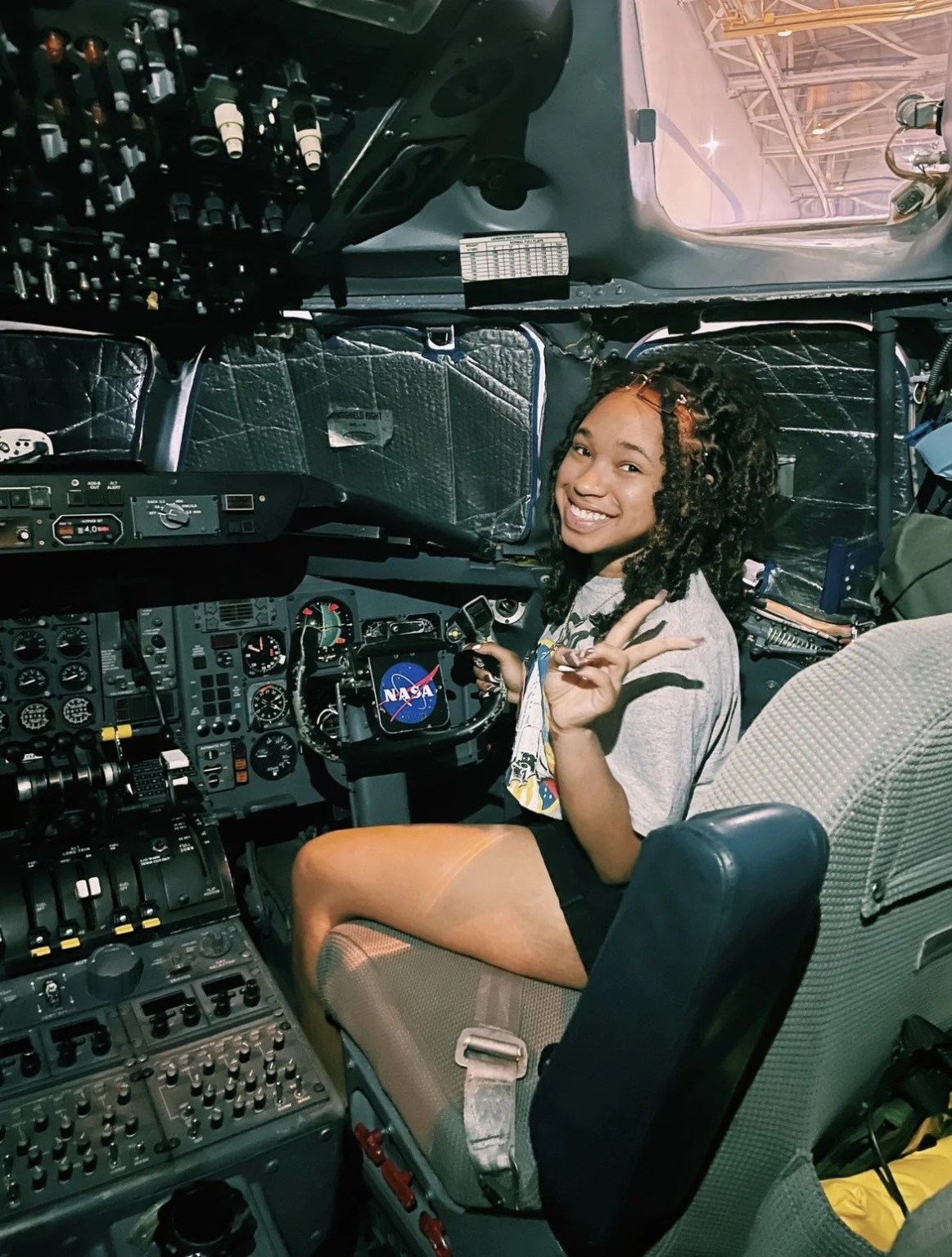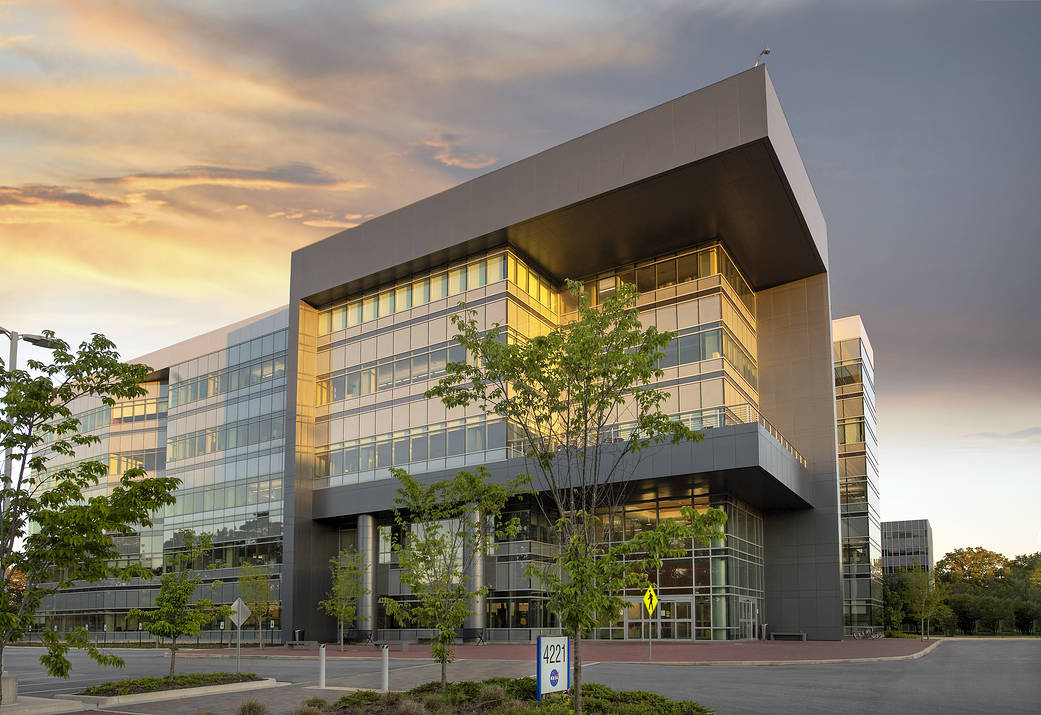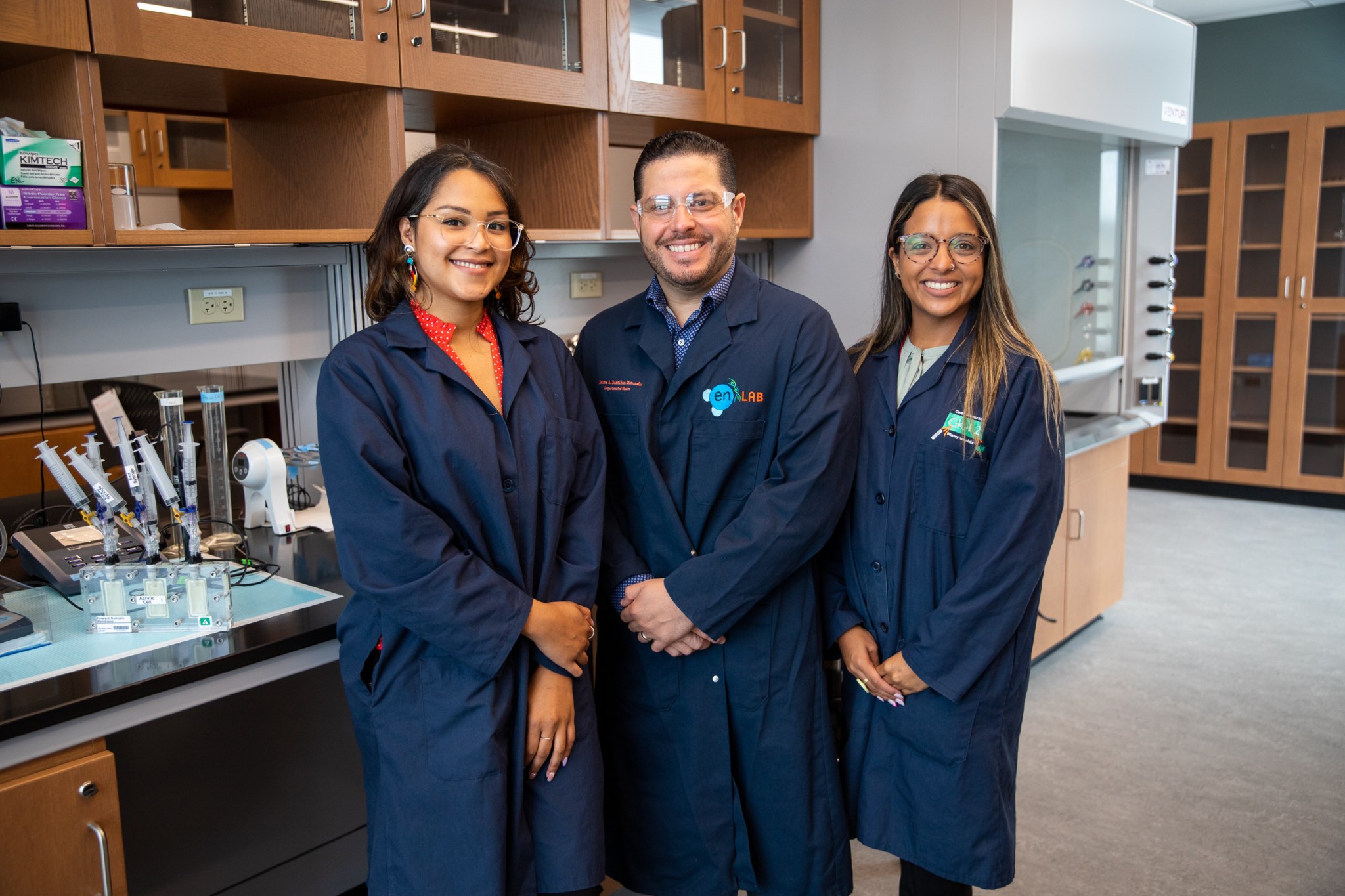
Thirty years ago, NASA launched the MUREP (Minority University Research and Education Project) Institutional Research Opportunity, or MIRO. The activity is designed to enrich STEM Research at Minority Serving Institutions (MSIs) in areas of strategic importance to NASA and to inspire the next generation of scientists and engineers.
MIRO strengthens NASA’s research base, assists MSIs in expanding their capabilities, and provides experience for students in STEM fields, said Torry A. Johnson, MUREP Manager, NASA Headquarters.
“MIRO has fundamentally changed the way MSIs are viewed with respect to developing NASA-focused research,”Johnson said. “Other funding opportunities have spawn from the work created by MIRO. This has led to greater discussion about how research plays an integral part in student engagement. Research experiences for undergraduates, in addition to existing Internship and fellowship opportunities, ready students for more mature research, preparing them to fill STEM jobs in the future.”
MIRO, originally known as the University Research Centers, began in 1992 funding centers at seven Historically Black Colleges and Universities. Currently administered by the NASA Armstrong Flight Research Center in Edwards, California, MIRO has since funded centers at 38 MSIs in 16 states, the District of Columbia, and the U.S. territories of Puerto Rico and the U.S. Virgin Islands.
The research centers explore a wide array of topics vital to NASA missions, including autonomous aircraft technology, energy technologies under extreme conditions, climate observations, advanced manufacturing of lunar regolith drilling tools, air revitalization, climate observations, water reclamation and purification, resource recovery, in-situ propellant production, and lunar CubeSat technologies.
MIRO-funded centers are also part of Artemis, NASA’s mission to return to the Moon and lay the groundwork for human exploration of Mars. The Navajo Technical University (NTU) in New Mexico, for example, is working with NASA Marshall Space Flight Center in Alabama develop advanced parts for the Space Launch System, the powerful rocket that will sends astronauts to the Moon.
The research centers also emphasize student and faculty professional development, collaboration with NASA subject matter experts, partnerships with other institutions and industry, curriculum development, and STEM education outreach.
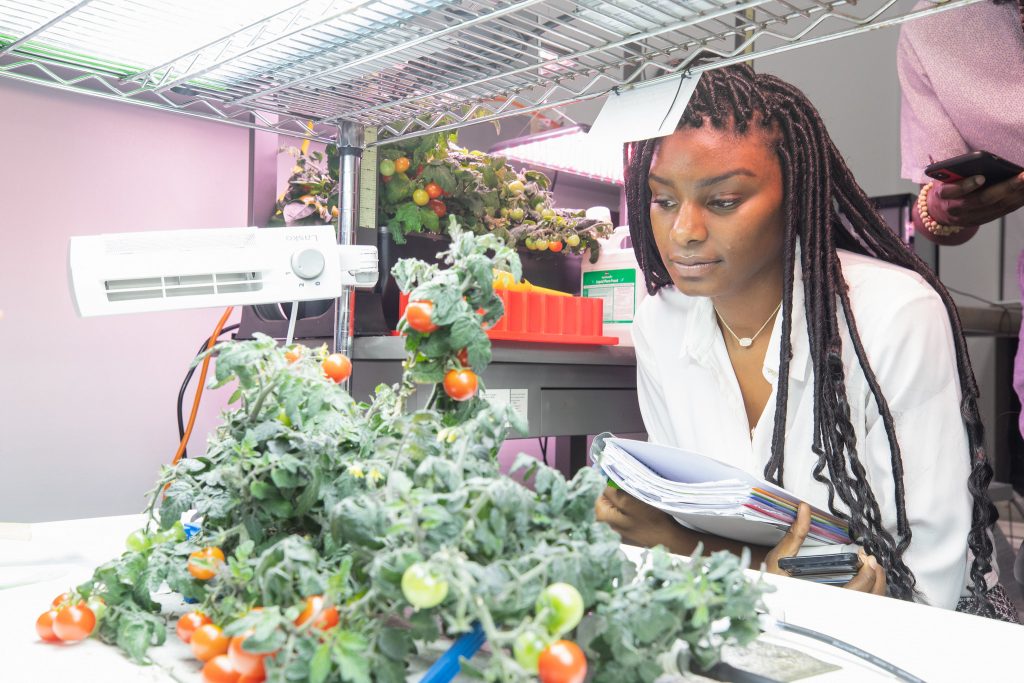
“The university receives the prestige and branding of being a NASA research center, a sign of the institution’s commitment and competence in a particular field of research,” said Katrina Emery, who managed the University Research Centers program from 2007-2012. “The prestige is also valuable from a student recruitment perspective. Pulling in more students from underrepresented populations is a major goal of the program.”
In 2008, at Prairie View A&M in Prairie View, Texas, NASA helped create the Center for Radiation Engineering and Science for Space Exploration (CRESSE). The center looks for new ways to keep future astronauts and their flight instruments safe from the harmful radiation of deep space while on journeys to the Moon and beyond. NASA funding helped the university create postgraduate degrees in electrical engineering, said Richard Wilkins, a physicist and director of CRESSE.
In 2019, Prairie View received another MIRO award to create the Center for High-Pressure Combustion in Microgravity. The center’s research has the potential to lead to advanced rocket engine designs with increased efficiency and reduced carbon emissions.
“Those university research centers from MIRO acted as a model for future research centers that are now in place at Prairie View and are now flourishing,” Wilkins said. “The original NASA funding was very impactful to the university.”
A portion of the MIRO funding is earmarked for student support, with about 400 students a year receiving such support as scholarships, fellowships, and internships.
For students, MIRO can be life altering.
Dionne Hernandez-Lugo found her path to a NASA career while conducting research at the MIRO-funded Center for Advanced Nanoscale Materials at the University of Puerto Rico-Rio Piedras.
“I’ve been always interested in working for NASA. It was a dream that I had growing up, but I didn’t really know how to get to NASA,” said Hernandez-Lugo, who was born and raised in Puerto Rico. “I’m the only science major in my family, so I didn’t really have a lot of information.”
Hernandez-Lugo now serves as the Deputy Flight Systems Manager for the power and propulsion element for Gateway, a multi-purpose outpost that will orbit the Moon and support human missions on the lunar surface. Gateway is a key component of the Artemis program.
“Working on technology that is going to take us back to the Moon is a dream,” Hernandez-Lugo said.
MIRO will continue to advance research in aeronautics and space. It will also continue to advance the careers of the next generation of scientists and engineers.
“We are extremely proud of the past 30 years and, with great anticipation, we look forward to continued growth and development of MIRO,” said Torry A. Johnson, MUREP Manager “We look forward to continuing to work with our Mission Directorate colleagues to increase research capacities at MSIs and to create research opportunities that ultimately drives student success.”
MIRO is managed through the NASA Armstrong Flight Research Center’s Office of STEM Engagement in California. All MIRO awards are provided to minority-serving institutions to promote research capacity, expand aerospace research, increase workforce diversity, and strengthen STEM skills. MIRO research directly supports NASA’s mission directorates: Aeronautics Research, Exploration Systems Development, Science, Space Operations, Space Technology.



























